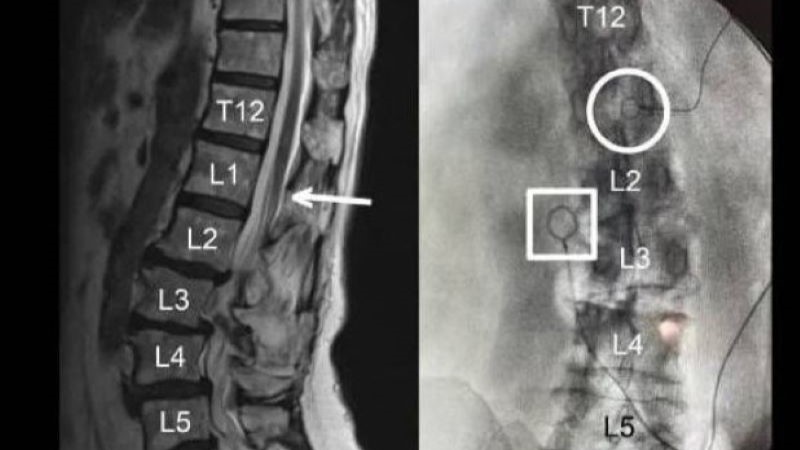
Boys with late pubertal timing may have a greater risk of fracture as men, according to the findings of a new study.
Previous studies observed an inverse relation between pubertal timing in boys and bone mineral density (BMD) in adult men.
“However, evidence supporting a role of pubertal timing in adult fracture risk in men is still missing, most likely because of lack of well-powered cohorts with long-term follow-up and an objective measure of male pubertal timing available,” the study authors added. “Therefore, the aim of this study was to investigate the predictive role of variations in pubertal timing within the normal range, assessed by age at [peak height velocity] PHV, for adult fracture risk in the large-scale population-based BMI Epidemiology Study (BEST) Gothenburg.”
BEST Gothenburg included 31,971 Swedish men born between Jan. 1, 1945, and Dec. 31, 1961. To examine the correlation between pubertal timing and eventual fracture risk, height and weight data were obtained from centrally archived school healthcare records and the conscription register; patients were followed through the end of 2016. The researchers calculated the age at PHV using a modified infancy-childhood-puberty model.
Mean (SD) age at PHV was 14.1 (1.1) years. A total of 5,872 of participants (18.4%) sustained at least one fracture after age 20; during a mean (SD) follow-up of 37.3 (11.7) years, 5,731 (17.9%) sustained a non-vertebral fracture after age 20. When adjusting for birth year and country of origin, an association was observed between PHV and risk of any and non-vertebral fractures. Pubertal timing appeared to impact fracture risk: Patients in the highest tertile for age at PHV (older than 14.5 years)—compared to those in the lowest tertile (13.6 years or younger)—had an increased all-fracture risk (hazard ratio [HR]=1.15; 95% confidence interval [CI], 1.08-1.22; P<0.001) as well as non-vertebral fracture risk (HR=1.16; 95% CI, 1.09-1.24; P<0.001). Adjusting for birthweight, body mass index during childhood, adult educational level, and young adult height did not reduce the correlation between PHV age and adult fracture risk.
The study was published in PLoS Medicine.
“Limitations of this study include the inability to adjust for important risk factors for fracture, inadequate power to assess the relation between pubertal timing and specific fracture types, and the limited generalizability to other populations,” the researchers acknowledged.
The study authors concluded, “In this study, we observed that late pubertal timing was associated with increased adult fracture risk in men. These findings suggest that information on pubertal timing might aid in the identification of those men at greatest risk of fracture.”







 © 2025 Mashup Media, LLC, a Formedics Property. All Rights Reserved.
© 2025 Mashup Media, LLC, a Formedics Property. All Rights Reserved.